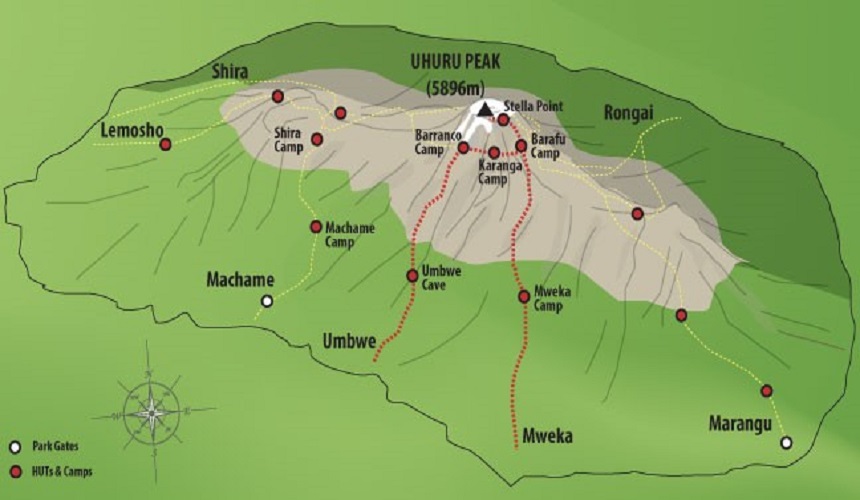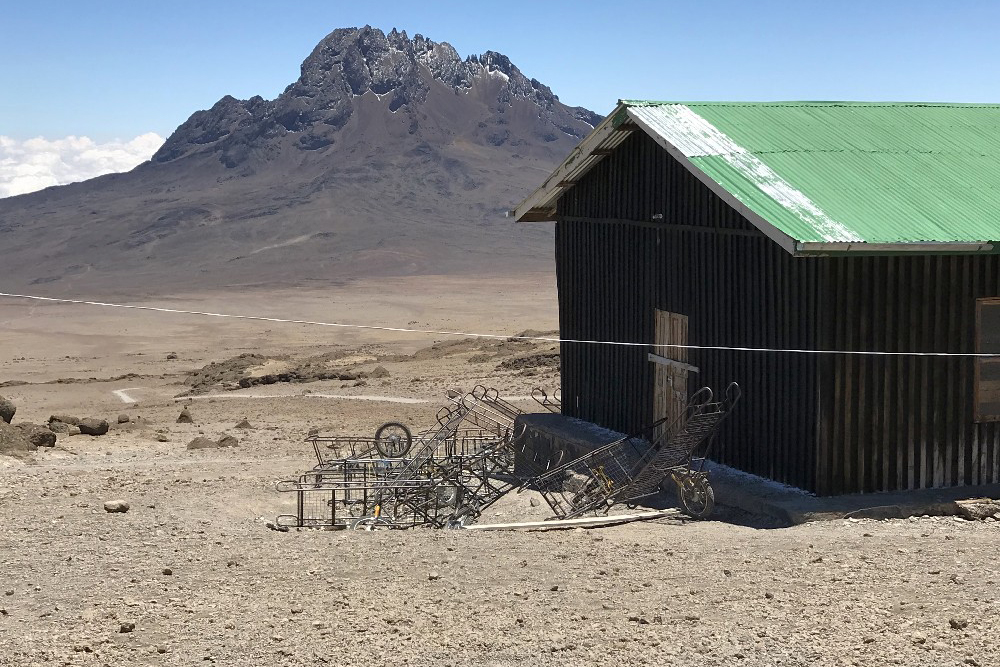By opting for the Umbwe Route Climbing Kilimanjaro Tours in 2025/2026, you can look forward to an unparalleled experience that combines physical challenge with extraordinary natural beauty. With proper preparation and the support of skilled guides, reaching the summit of Kilimanjaro is an achievable and life-changing accomplishment.
Kilimanjaro, Africa’s tallest mountain and one of the Seven Summits, offers you the chance to ascend through spectacular landscapes and breathtaking terrains. Among the numerous trails to the summit, the Umbwe Route is regarded as the most challenging and direct path to the top, making it the perfect choice for seasoned climbers seeking a thrilling experience. For the 2025/2026 Kilimanjaro climbing season, Umbwe Route tours promise exceptional adventure combined with the support of experienced guides, well-organized logistics, and unparalleled scenic views.

The Umbwe Route is the shortest and steepest path up Mount Kilimanjaro, offering a challenging yet scenic trek for adventurous climbers. Our top best 6-day Rongai Route Kilimanjaro Climbiing Tour itinerary for 2025/2026 begins with a drive to the Umbwe Gate, followed by a steep ascent through dense rainforest to Umbwe Cave Camp (2,850m). Day two continues through moorland to Barranco Camp (3,900m, with breathtaking views of the towering Barranco Wall. On day three, you tackle the Wall and trek to Karanga Camp (4,035m) for acclimatization, followed by a hike to Barafu Camp (4,673m) on day four. Summit night begins early on day five, leading to the Uhuru Peak (5,895m), with spectacular sunrise views before descending to Mweka Camp (3,100m). The final day involves a descent through lush forests to the Mweka Gate, where certificates of achievement await. Ideal for experienced climbers, this route requires physical preparation and offers unmatched panoramic vistas.
| Day | Start | meters | feet | Finish | meters | feet |
|---|---|---|---|---|---|---|
| Day 1 | Umbwe Gate | 1,800m/ | 5,906ft | Umbwe Cave Camp | 2,850m | 9,350ft) |
| Day 2 | Umbwe Cave Camp | 2,850m | 9,350ft) | Barranco Camp | 3,900m | 12,795ft) |
| Day 3 | Barranco Camp | 3,900m | 12,795ft) | Karanga Camp | 3,995m | 13,107ft) |
| Day 4 | Karanga Camp | 3,995m | 13,107ft) | Barafu Camp | 4,673m | 15,331ft |
| Day 5 | Barafu Camp | 4,673m | 15,331ft | Uhuru Peak | 5,895m | 19,340ft |
| Day 6 | Mweka Camp | 3,100m | 10,171ft | Mweka Gate | 1,640m | 5,381ft |
